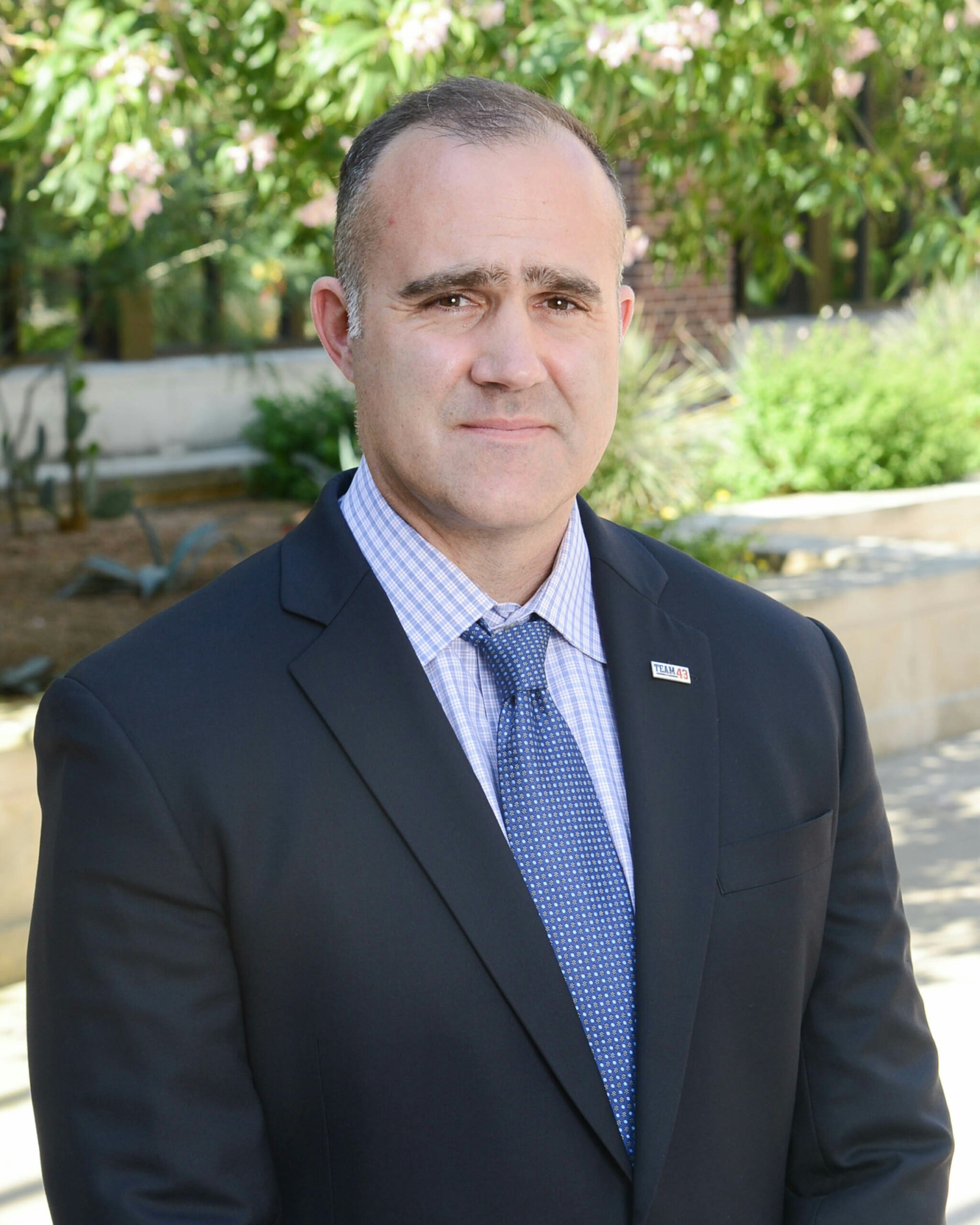Our Recommendations:
- The administration should refine a national veterans strategy
- The Department of Defense should leverage veteran and military family communities to sustain the all-volunteer force
- The Department of Defense should invest further in the Transition Assistance Program (TAP) for the 21st century
- The Department of Veterans Affairs and the Social Security Administration should focus on advancing data collaboration
A new Congress makes this the optimal time to take a fresh look at the strategies, policies, programs, and resources that can empower veterans and their families to successfully reenter civilian life and continue to lead for years to come. Our Nation needs them.
More than 200,000 military servicemembers return to civilian life each year, and many need assistance in exploring the opportunities available to them. These can include embarking on the educational pathways that will lead to meaningful careers and accessing care for physical and mental health problems.
At the same time, our all-volunteer force is facing the biggest recruiting crisis since its creation. Many branches are setting more achievable goals rather than putting their recruiting targets at the levels required to sustain the service needed.
The Army missed its recruiting goal by 15,000 in fiscal year 2022, according to the Associated Press, which cited unidentified officials. The Air Force, which needs to replace about 50,000 members per year, was more than 4,000 recruits below target in late June. The Navy and the Marine Corps met their annual goals but acknowledge the challenges of the future recruiting environment, which is likely to endure.
Therefore, recommendations to ensure outcomes for veterans and their families should also focus on how this population can impact our Nation’s national security by helping to keep our all-volunteer force sustainable.
The administration should refine a national veterans strategy
A national veterans strategy is the best way we can collect meaningful and measurable outcomes on our veterans as they journey through transition. We applaud the renewed work of Joining Forces, the White House initiative to support military and veteran families, caregivers, and survivors. The unique convening authority and voice of the White House can continue to sustain the key stakeholders who do this hard and important work.
As an important step to effectively tie veteran and military outcomes to future generations of the all-volunteer force, we recommend that the Defense Department authorize the return of the Chairman’s Office of Reintegration, which ended in 2015. This office served as the one connection point between the Pentagon, Veteran Service Organizations (VSOs), interested stakeholders, and others to create public-private partnerships – rather than forcing them to engage across the services as well as within civilian-led offices. Resurrecting this office will create more opportunities for organizations to work effectively in the veteran space without solely relying on government staff and resources.
A high-quality all-volunteer force depends on quality transitions to the civilian sector, leading to successful outcomes by veterans who may influence our younger generations to make the powerful decision to serve. The chairman’s office can play a key role in this.
The Department of Defense should leverage veteran and military family communities to sustain the all-volunteer force
Our veterans should engage at all levels of the recruitment process, beginning with modeling how meaningful a life of service can be after one takes off the uniform. The Defense Department and civilian and community partners can do this with effective public storytelling about how veterans’ time in the military enhanced their lives and served as a springboard to successful civilian lives.
Relevant veteran-service organizations and peer networks like Team RWB, Team Rubicon, The Travis Manion Foundation, The Mission Continues, and Student Veterans of America can all help tie post-service leadership and peer connection platforms to future generations of leaders. All these organizations emphasize continued service and leadership in our communities and on our campuses.
The Department of Defense should invest further in the Transition Assistance Program (TAP) for the 21st century
The Transition Assistance Program (TAP), which prepares servicemembers for transition from military to civilian life, needs to be consistently evaluated and its career readiness standards tailored to meet the unique needs of certain growing subpopulations such as younger, enlisted servicemembers; women; and communities of color.
TAP has an annual budget of approximately $100 million while serving 200,000 servicemembers per year, according to a 2021 Center for a New American Security (CNAS) report.
This multiagency program needs to gather more information on specific subpopulations, which may have distinct transition needs making members more at risk for negative post-service outcomes than the general population. Data indicated in the Veterans Metrics Initiative: Linking Program Components to Post-Military Well-Being (TVMI) shows that there’s still a great need and much work to be done to continue to track these veterans’ progress once they have officially transitioned out of service and TAP programming.
There are distinct transition needs the current TAP program still isn’t meeting. Examples include formal needs assessments done in conjunction with customized e-learning and one-on-one counseling services for those most at risk. The agencies responsible for TAP should also focus on effective policies and partnerships like SkillBridge, which connects servicemembers with industry partners in a service-specific apprenticeship model during their last 180 days of active service.
Additionally, Congress should take a hard look at the budgetary future of these programs and enact measurable accountability into their policies to ensure that they are performing efficiently and effectively and maximize the support for them to continue and grow.
The Department of Veterans Affairs and the Social Security Administration should focus on advancing data collaboration
As the all-volunteer force continues to change in terms of gender, race, and ethnicity, efforts to support veterans must adapt to reach those who are part of these populations. The Defense and Veterans Affairs departments need more data on women servicemembers and veterans, for example, to tailor resources to both their service and post-service experiences.
Data on veterans and military families must be tied more closely to outcomes. Congress should mandate, as part of ongoing legislative efforts specific to veterans, that supporting data be captured in as consistent a way as possible. One model could be a set of common questions for veteran-serving nonprofits developed by the Bush Institute in 2021 to ensure that measurement is comparable across programs and organizations.
A specific opportunity is a more accurate measure of veteran economic health than current data published by the Bureau of Labor Statistics. Incomplete data can hinder stakeholders’ ability to direct resources precisely and in a timely way to populations and areas with the highest needs.
Connecting the VA/DoD Identity Repository (VADIR) database and payroll information and geographic data from the Social Security Administration would provide better measures. This is a low-cost opportunity that has tremendous benefit as it would enable smarter resourcing and investment in the employment well-being of our veterans. If validated, this could serve as an example for other areas where more precise information is always beneficial, like suicide prevention.
Next, public and private funders must continue to invest in longitudinal studies like The Veterans Metrics Initiative: Linking Program Components to Post-Military Well-Being (TVMI) to continue to build effective understanding of the evolving needs veterans and their families face after they transition.
Our servicemembers, veterans, and their families form an immense pool of talent that can be leveraged in our businesses and in our communities. Federal legislators, executive departments and the administration all have roles to play in ensuring our Nation best understands this. And as our transitioning servicemembers, veterans, and their families face their next chapter, national leaders, elected officials, and their key staff members must seize this opportunity.
As global challenges make the future increasingly uncertain, we can’t afford to allow a recruiting crisis that can compromise our Nation’s war fighting capacity and cause our national security to worsen. It’s in the best interests of all stakeholders, including Congress and nonprofit organizations, to tie post-service veteran and military family outcomes to the sustainment of our all-volunteer force. They are inextricably linked and require ongoing effort with a renewed and collaborative focus.































